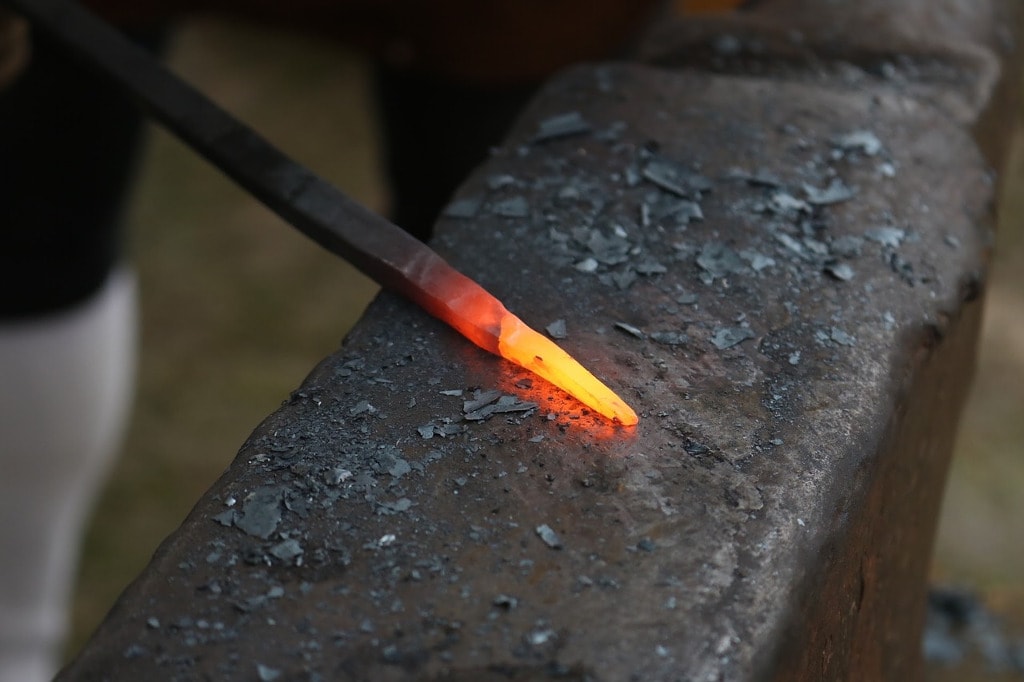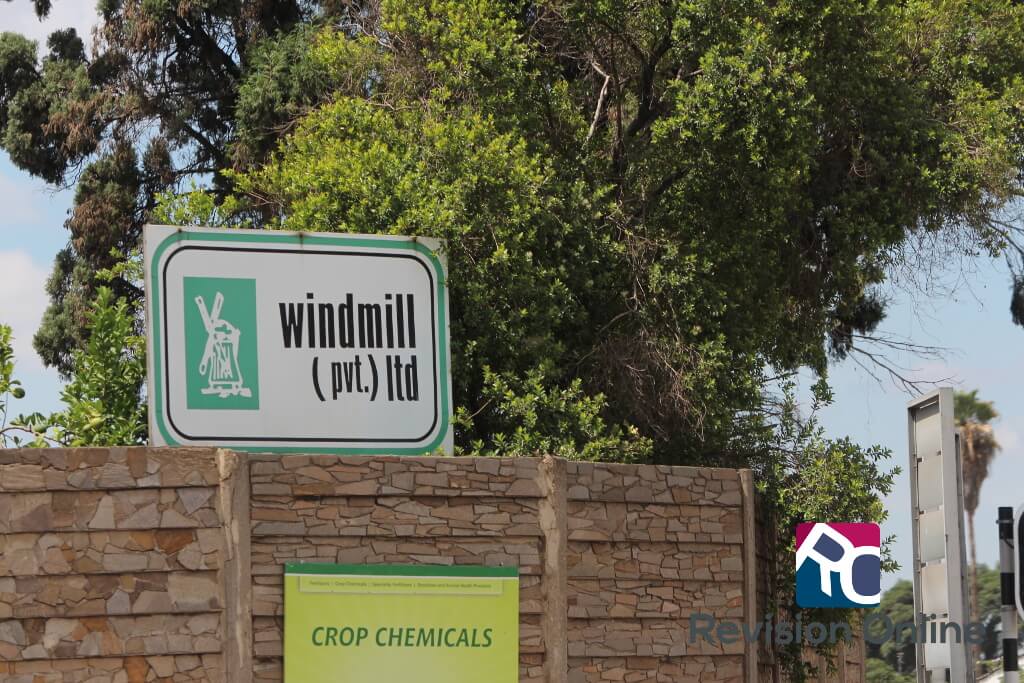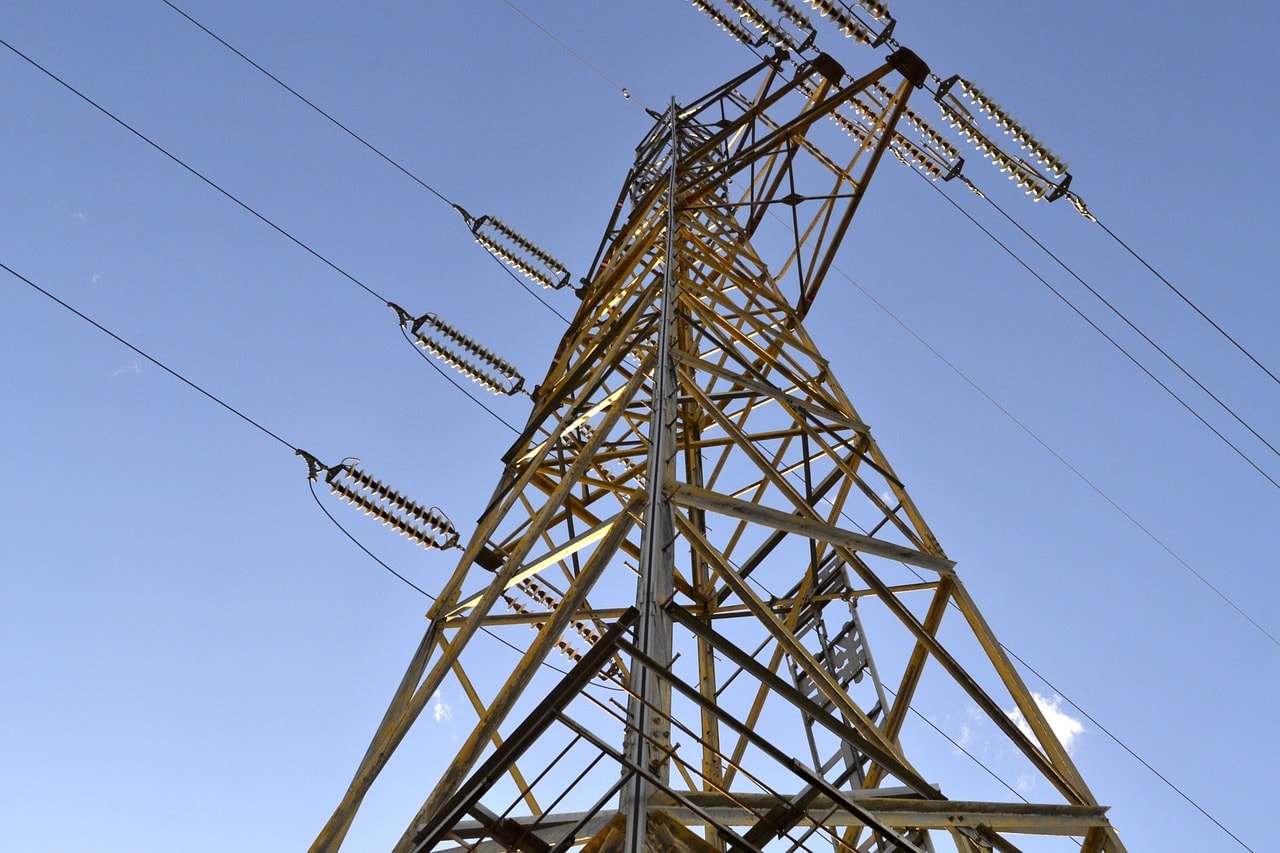G Musandu: Solution: Balance Sheet
 Balance Sheet for G Musandu. Image credit ojac.org ZIMSEC O Level Principles of Accounts Notes: Sole Trader: Trading and profit and loss accounts and balance sheets: Other items
Balance Sheet for G Musandu. Image credit ojac.org ZIMSEC O Level Principles of Accounts Notes: Sole Trader: Trading and profit and loss accounts and balance sheets: Other items
This is the Balance Sheet Solution for the Trial Balance Question found here.



 Different materials have different strength. Image credit
Different materials have different strength. Image credit 


 Chome plated metal. Image credit MediaWiki ZIMSEC O Level Combined Science Notes: The electroplating process
Chome plated metal. Image credit MediaWiki ZIMSEC O Level Combined Science Notes: The electroplating process 
 A carburettor is an important part of the Petrol engine. Image credit MediaWiki ZIMSEC O Level Combined Science Notes: The carburetor
A carburettor is an important part of the Petrol engine. Image credit MediaWiki ZIMSEC O Level Combined Science Notes: The carburetor 
 Inducing a current using a magnet. Image credit youtube.com ZIMSEC O Level Combined Science Notes: Experiment: Demonstrating how current is induced
Inducing a current using a magnet. Image credit youtube.com ZIMSEC O Level Combined Science Notes: Experiment: Demonstrating how current is induced